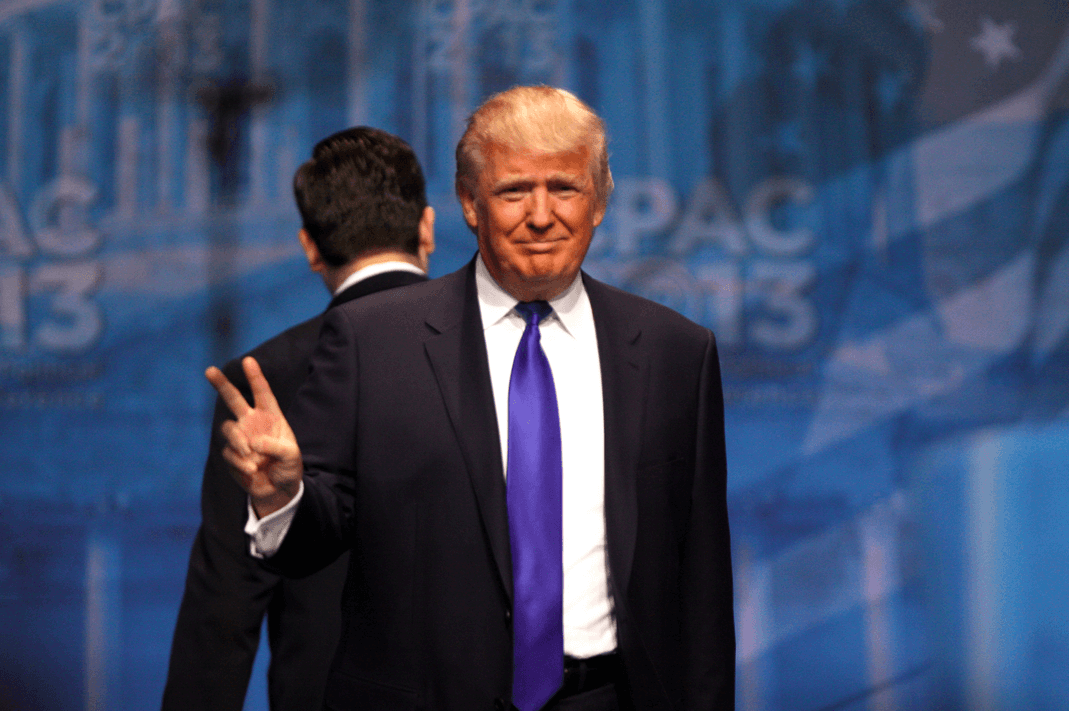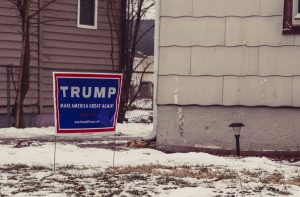Art and Culture
Trump and the Revenge of the Borderlands
Trump especially did quite well in a region which had not voted Republican on a federal basis in ages.

Donald Trump won a massive and unexpected victory in an election which pollsters have not predicted. Even if he lost the popular vote — he won enough states to win the election.
By winning states like Wisconsin, Michigan, Iowa, Pennsylvania and by coming very close of winning a state like Minnesota — Trump’s Rust Belt strategy worked very well. He was able to create his own path to 270 without having to win states like Virginia, Colorado or Nevada. One thing which helped in his victory is that Trump did better than expected among women, among Hispanics and among poorer voters. With all these groups — he did much better than Mitt Romney while losing some richer voters who were quite keen to Mitt Romney but not to the Donald.
But where was he able to breakthrough in order to achieve his victory? When you have a stunning and unexpected victory like Trump — you always tend to over-perform in surprising places. It’s easy to talk about the Rust Belt and the good old Ohio’s bellwether — but Trump had a massive swing in areas with are not very traditionally inclined to vote GOP at a federal level. Trump had a massive and unexpected swing for him almost anywhere close to the border with Canada.

But why? These areas, who are quite close to the Canadian border, have one thing in common, they are not very rich areas and have suffered some decline in the last few years with the decline in primary and secondary industries. A lot of paper mills have been closing in recent years which were a good source of relatively high-paying jobs in the area. Most of these regions have constant population decline, with people moving to greener pastures. This is not unlike the situation in nearby areas on the Canadian side of the border where factories too have been closing and population decline continues.
To avoid economic decline, some of these regions, like in Upstate New York State near the Canadian border, had become a sort of penal ”colony”, where criminals mainly from Downstate New York are sent to create some employment in the area.
Trump especially did quite well in a region which had not voted Republican on a federal basis in ages, northern Maine where Trump won one electoral vote because of how Maine divide their votes in the electoral college. This region is quite particular because it have a strong Franco-American community fuelled in part by the county proximity to the francophone parts of New Brunswick in Canada. Aroostook County (which had one of the highest swing from Obama to Trump) about 18% of the population speaks French everyday and about 45% of the population in the county have French or French Canadian ancestry. What’s even more incredible is that Trump did ever better than Franco-American (and native french speaker) Maine governor Paul LePage in many of the small francophone towns in the northern part of the county.
This trend continued in almost every county near the Canadian border. Trump won all of them — or at least had massive swing to him in every one of those counties from Maine to Minnesota. A town like Hibbing in Northern Minnesota which where the Greyhound bus company was founded, voted for the GOP president nominee for the first time since Herbert Hoover was running for president in 1928.

The phenomenon raises out one interesting question, could the rise of these ”Trump Democrats” and why people in these areas went in four years from voting Obama to Trump is just because they wanted to shake things up in Washington DC? If you have lived all your life in Fort Kent, Maine or International Falls, Minnesota — Washington DC is a very foreign place for you and you won’t mind having an outsider (as imperfect as he may be) shaking things up who actually care a bit about your problems.
And yet, this phenomenon of a Trump surge in rural ”borderlands” areas is not only seen in very white counties. The most Latino county in the US (Starr County in southern Texas and close to 96% Hispanic) had seen a swing to Trump this electoral circle.

We talk a lot about identity politics as a thing of the left — but perhaps even without knowing this himself — perhaps did Trump nailed the bulls-eye by making geography-based identity politics a very strong electoral force in the US.
If the Democratic Party are able to lose these old strongholds and if Donald Trump is able to continue with this coalition – he could create a lot of damage to the Democrats who are getting less and less competitive anywhere outside of metropolitan areas. In the last eight years, especially at a state level, we have seen the end of the Democratic Party as a non-metropolitan electoral force in a lot of states.
This phenomenon is not unique to the US — but does American politics becomes more and more like Canada, Australia or New Zealand, where left-of-centre parties have less and less support left in rural areas? Perhaps this trend will not last — or perhaps we will have a transformative change in US politics where how you vote is principally based on where you live.
It’s imperative that in this case, even if some journalists are doing a good job reporting from places outside the Acela bubble — more journalists should go to those small cities and towns in the northern county in order to understand why people there are keen to give a chance to Trump. It’s not by staying in big cities which are all Democratic strongholds that journalists will understand what’s really happening in America.






